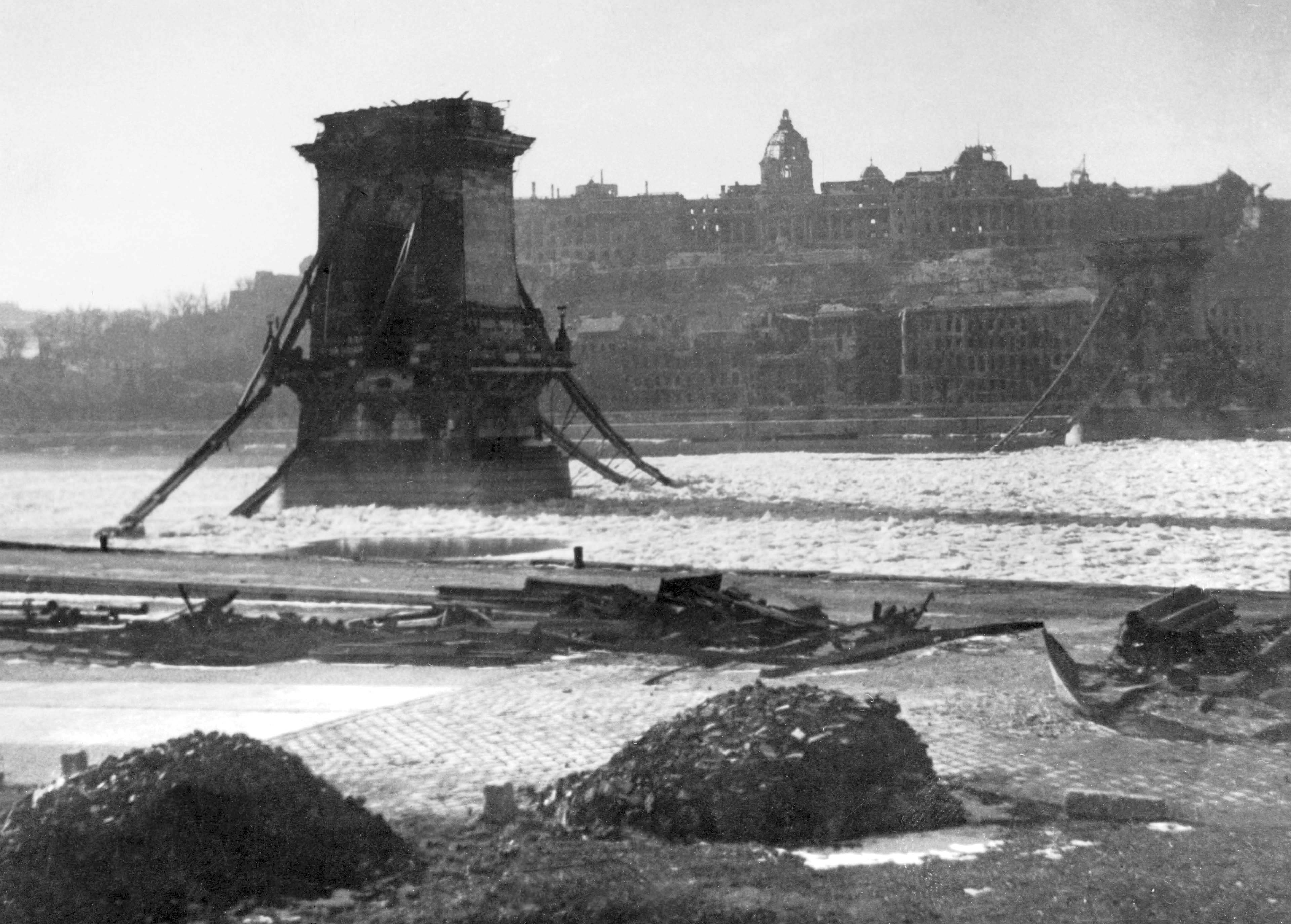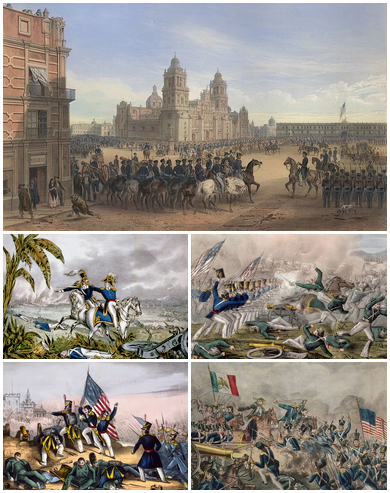|
Sándor Hollán Sr.
Sándor József Hollán the Elder (15 March 1846 – 22 April 1919) was a Hungarian politician and state secretary. Hollán was born in Kiscell (now: ''Celldömölk'') to Adolf Hollán, a Hungarian physician and Jozefa Pingitzer. He had a brother, Viktor Hollán, also a politician and member of the Diet of Hungary. Sándor Hollán married to Róza Szalay on 12 August 1872. Their son, Sándor Hollán Jr. was born in the next year. He was appointed director of the Magyar Királyi Postatakarékpénztár. He became ministerial councillor in 1890. He retired in 1907 as a state secretary. During the Hungarian Soviet Republic he was one of the first victims of the Red Terror. He was kidnapped along with his son from their residence on 22 April 1919. On the Széchenyi Chain Bridge the communist perpetrators shot in the head from behind both of them and threw their bodies into the Danube The Danube ( ; see also #Names and etymology, other names) is the List of rivers of Europe ... [...More Info...] [...Related Items...] OR: [Wikipedia] [Google] [Baidu] |
Hungary
Hungary is a landlocked country in Central Europe. Spanning much of the Pannonian Basin, Carpathian Basin, it is bordered by Slovakia to the north, Ukraine to the northeast, Romania to the east and southeast, Serbia to the south, Croatia and Slovenia to the southwest, and Austria to the west. Hungary lies within the drainage basin of the Danube, Danube River and is dominated by great lowland plains. It has a population of 9.6 million, consisting mostly of ethnic Hungarians, Hungarians (Magyars) and a significant Romani people in Hungary, Romani minority. Hungarian language, Hungarian is the Languages of Hungary, official language, and among Languages of Europe, the few in Europe outside the Indo-European languages, Indo-European family. Budapest is the country's capital and List of cities and towns of Hungary, largest city, and the dominant cultural and economic centre. Prior to the foundation of the Hungarian state, various peoples settled in the territory of present-day Hun ... [...More Info...] [...Related Items...] OR: [Wikipedia] [Google] [Baidu] |
Celldömölk
Celldömölk () is the fifth largest town in Vas County, Hungary. Parts of the Eragon movie were filmed here. The town with 11,000 inhabitants can be found in the centre of Kemenesalja Hills. History Celldömölk has a history older than 750 years. On the western boundaries of the town, there are the remains of the abbey built in the 12th century in Roman style. Before World War II, there was a large Jewish community. Most of the Jews in the community were deported by the Hungarian Nyilaskeresztes Párt as part of the Hungarian cleansing during The Holocaust The Holocaust (), known in Hebrew language, Hebrew as the (), was the genocide of History of the Jews in Europe, European Jews during World War II. From 1941 to 1945, Nazi Germany and Collaboration with Nazi Germany and Fascist Italy .... On 7 October 1944 the 2nd BG was seeking a target of opportunity bombed the railroad junction with 5 x 1,000 GP bombs. The B-17's were returning from the primary at Wien-L ... [...More Info...] [...Related Items...] OR: [Wikipedia] [Google] [Baidu] |
Diet Of Hungary
The Diet of Hungary or originally: Parlamentum Publicum / Parlamentum Generale () was the most important political assembly in Hungary since the 12th century, which emerged to the position of the supreme legislative institution in the Kingdom of Hungary from the 1290s, and in its successor states, Royal Hungary and the Habsburg kingdom of Hungary throughout the early modern period until the end of World War II. The name of the legislative body was originally "Parlamentum" during the Middle Ages, the "Diet" expression gained mostly in the early modern period. It convened at regular intervals with interruptions from the 12th century to 1918, and again until 1946. The articles of the 1790 diet set out that the diet should meet at least once every 3 years, but since the diet was called by the Habsburg monarchy, this promise was not kept on several occasions thereafter. As a result of the Austro-Hungarian Compromise, it was reconstituted in 1867. The Latin term ''Natio Hungarica ... [...More Info...] [...Related Items...] OR: [Wikipedia] [Google] [Baidu] |
Sándor Hollán Jr
Sándor () is a Hungarian given name and surname. It is the Hungarian form of Alexander. It may refer to: People Given name * Sándor Apponyi (1844–1925), Hungarian diplomat, bibliophile, bibliographer and book collector * Sándor Boldogfai Farkas (1907–1970), Hungarian nobleman, sculptor, medalist *Sándor Bródy (footballer) (1884–1944), Jewish-Hungarian soccer player *Sándor Bródy (writer) (1863–1924) *Sándor Csányi (banker) (born 1953), CEO of OTP Bank Group *Sándor Csányi (actor) (born 1975), Hungarian actor * Sandor Earl (born 1989), New Zealand born rugby league player *Sándor Erdős (born 1947), Hungarian Olympic champion épée fencer *Sándor Fábry (born 1953), Hungarian comedian, talk show host, and writer * Sándor Farkas de Boldogfa (1880–1946), Hungarian nobleman and colonel *Sándor Fazekas (born 1963), Hungarian jurist and politician *Sándor Ferenczi (1873–1933), Hungarian psychoanalyst *Sándor Garbai (1879–1947), Hungarian socialist poli ... [...More Info...] [...Related Items...] OR: [Wikipedia] [Google] [Baidu] |
Hungarian Soviet Republic
The Hungarian Soviet Republic, also known as the Socialist Federative Soviet Republic of Hungary was a short-lived communist state that existed from 21 March 1919 to 1 August 1919 (133 days), succeeding the First Hungarian Republic. The Hungarian Soviet Republic was a small communist rump state which, at its time of establishment, controlled approximately only 23% of Hungary's historic territory. The head of government was Sándor Garbai, but the influence of the foreign minister Béla Kun of the Party of Communists in Hungary was much stronger. Unable to reach an agreement with the Triple Entente, which maintained an economic blockade of Hungary, in dispute with neighboring countries over territorial disputes, and beset by profound internal social changes, the Hungarian Soviet Republic failed in its objectives and was abolished a few months after its existence. Its main figure was the Communist Béla Kun, despite the fact that in the first days the majority of the new govern ... [...More Info...] [...Related Items...] OR: [Wikipedia] [Google] [Baidu] |
Red Terror (Hungary)
The Red Terror in Hungary () was a period of repressive violence and suppression carried out by the Hungarian Communist Party in 1919 during the four-month period of the Hungarian Soviet Republic, primarily towards anti-communist forces, and others deemed " enemies of the state". The new government followed the Bolshevik method: the party established its revolutionary terror groups, such as the Lenin Boys, to "overcome the obstacles" of the worker's revolution. It received its name in reference to the Red Terror in Soviet Russia during the Russian Civil War. It is estimated that up to 590 people were killed in the terror. History According to Robin Okey, the communist party and communist policies had considerable popular support among the proletarian masses of large industrial centers - especially in Budapest - where the working class represented a higher ratio of the inhabitants. In the Hungarian countryside, according to John Lukacs, the authority of the government was ... [...More Info...] [...Related Items...] OR: [Wikipedia] [Google] [Baidu] |
Széchenyi Chain Bridge
The Széchenyi Chain Bridge ( ) is a chain bridge that spans the River Danube between Buda and Pest, the western and eastern sides of Budapest, the capital of Hungary. Designed by English engineer William Tierney Clark and built by Scottish engineer Adam Clark, it was the first permanent bridge across the Danube in Hungary. It was opened in 1849. It is anchored on the Pest side of the river to Széchenyi Square (formerly Roosevelt Square), adjacent to the Gresham Palace and the Hungarian Academy of Sciences, and on the Buda side to Adam Clark Square, near the Zero Kilometre Stone and the lower end of the Castle Hill Funicular, leading to Buda Castle. The bridge bears the name of István Széchenyi, a major supporter of its construction, but is most commonly known as the "Chain Bridge". At the time of its construction, it was regarded as a marvel of modern engineering. Its decorations are made of cast iron. History The bridge was designed by English engineer Willi ... [...More Info...] [...Related Items...] OR: [Wikipedia] [Google] [Baidu] |
Danube
The Danube ( ; see also #Names and etymology, other names) is the List of rivers of Europe#Longest rivers, second-longest river in Europe, after the Volga in Russia. It flows through Central and Southeastern Europe, from the Black Forest south into the Black Sea. A large and historically important river, it was once a frontier of the Roman Empire. In the 21st century, it connects ten European countries, running through their territories or marking a border. Originating in Germany, the Danube flows southeast for , passing through or bordering Austria, Slovakia, Hungary, Croatia, Serbia, Romania, Bulgaria, Moldova, and Ukraine. Among the many List of cities and towns on the river Danube, cities on the river are four national capitals: Vienna, Bratislava, Budapest, and Belgrade. Its drainage basin amounts to and extends into nine more countries. The Danube's longest headstream, the Breg (river), Breg, rises in Furtwangen im Schwarzwald, while the river carries its name from its ... [...More Info...] [...Related Items...] OR: [Wikipedia] [Google] [Baidu] |
1846 Births
Events January–March * January 5 – The United States House of Representatives votes to stop sharing the Oregon Country with the United Kingdom. * January 13 – The Milan–Venice railway's bridge, over the Venetian Lagoon between Mestre and Venice in Italy, opens, the world's longest since 1151. * January 23 – Ahmad I ibn Mustafa, Bey of Tunis, declares the legal abolition of slavery in Tunisia. * February 4 – Led by Brigham Young, many Mormons in the U.S. begin their migration west from Nauvoo, Illinois, to the Great Salt Lake in what becomes Utah. * February 10 – First Anglo-Sikh war: Battle of Sobraon – British forces in India defeat the Sikhs. * February 18 – The Galician Peasant Uprising of 1846 begins in Austria. * February 19 – Texas annexation: United States president James K. Polk's annexation of the Republic of Texas is finalized by Texas president Anson Jones in a formal ceremony of transfer of sovereignty. The newly formed ... [...More Info...] [...Related Items...] OR: [Wikipedia] [Google] [Baidu] |
1919 Deaths
Events January * January 1 ** The Czechoslovak Legions occupy much of the self-proclaimed "free city" of Bratislava, Pressburg (later Bratislava), enforcing its incorporation into the new republic of Czechoslovakia. ** HMY Iolaire, HMY ''Iolaire'' sinks off the coast of the Hebrides; 201 people, mostly servicemen returning home to Lewis and Harris, are killed. * January 2–January 22, 22 – Russian Civil War: The Red Army's Caspian-Caucasian Front begins the Northern Caucasus Operation (1918–1919), Northern Caucasus Operation against the White Army, but fails to make progress. * January 3 – The Faisal–Weizmann Agreement is signed by Faisal I of Iraq, Emir Faisal (representing the Arab Kingdom of Hejaz) and Zionism, Zionist leader Chaim Weizmann, for Arab–Jewish cooperation in the development of a Jewish homeland in Palestine (region), Palestine, and an Arab nation in a large part of the Middle East. * January 5 – In Germany: ** Spartacist uprising in ... [...More Info...] [...Related Items...] OR: [Wikipedia] [Google] [Baidu] |
Hungarian Politicians
Hungarian may refer to: * Hungary, a country in Central Europe * Kingdom of Hungary, state of Hungary, existing between 1000 and 1946 * Hungarians/Magyars, ethnic groups in Hungary * Hungarian algorithm, a polynomial time algorithm for solving the assignment problem * Hungarian language, a Uralic language spoken in Hungary and all neighbouring countries * Hungarian notation, a naming convention in computer programming * Hungarian cuisine Hungarian or Magyar cuisine (Hungarian language, Hungarian: ''Magyar konyha'') is the cuisine characteristic of the nation of Hungary, and its primary ethnic group, the Hungarians, Magyars. Hungarian cuisine has been described as being the P ..., the cuisine of Hungary and the Hungarians See also * * {{disambiguation Language and nationality disambiguation pages ... [...More Info...] [...Related Items...] OR: [Wikipedia] [Google] [Baidu] |





